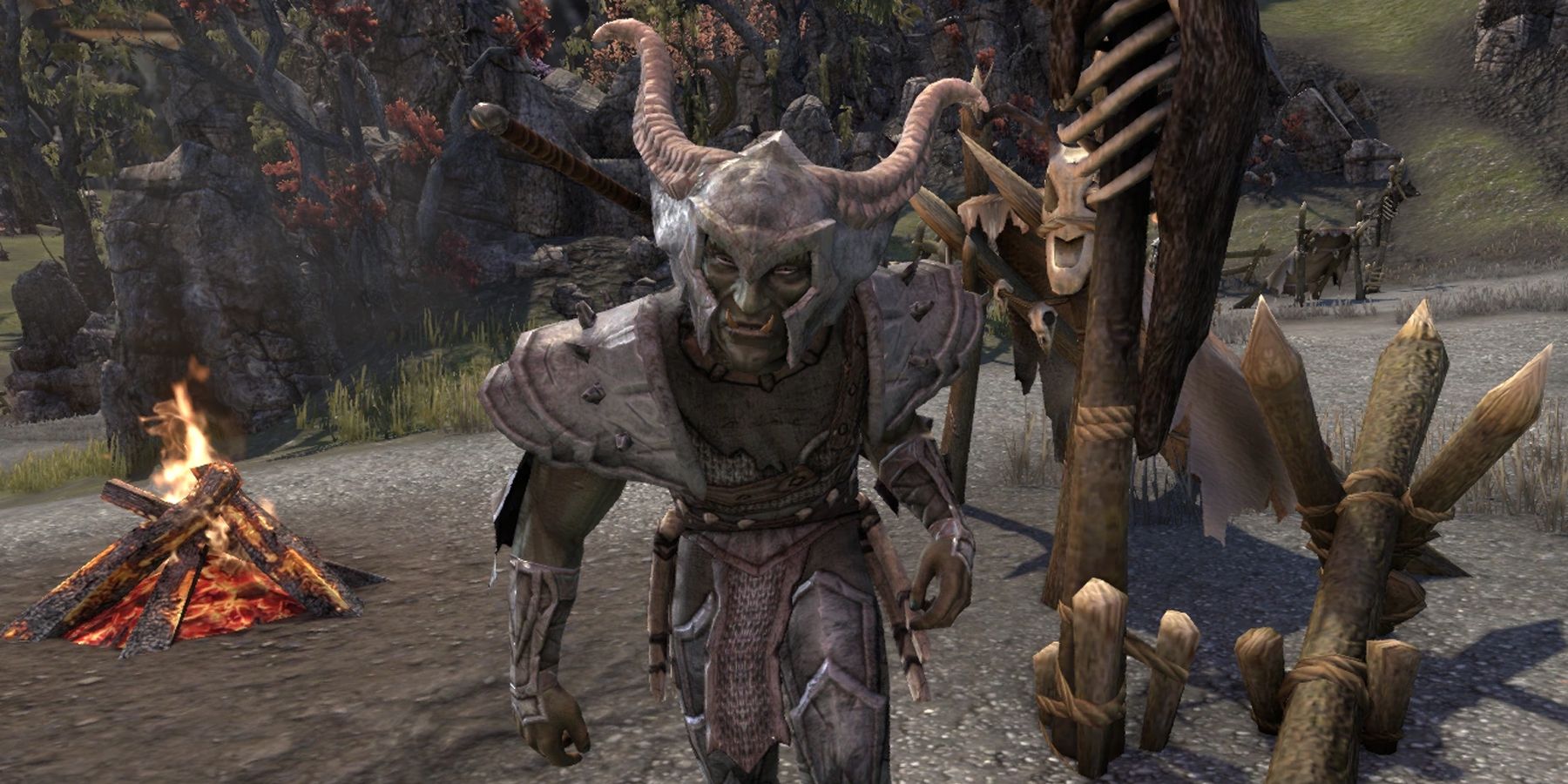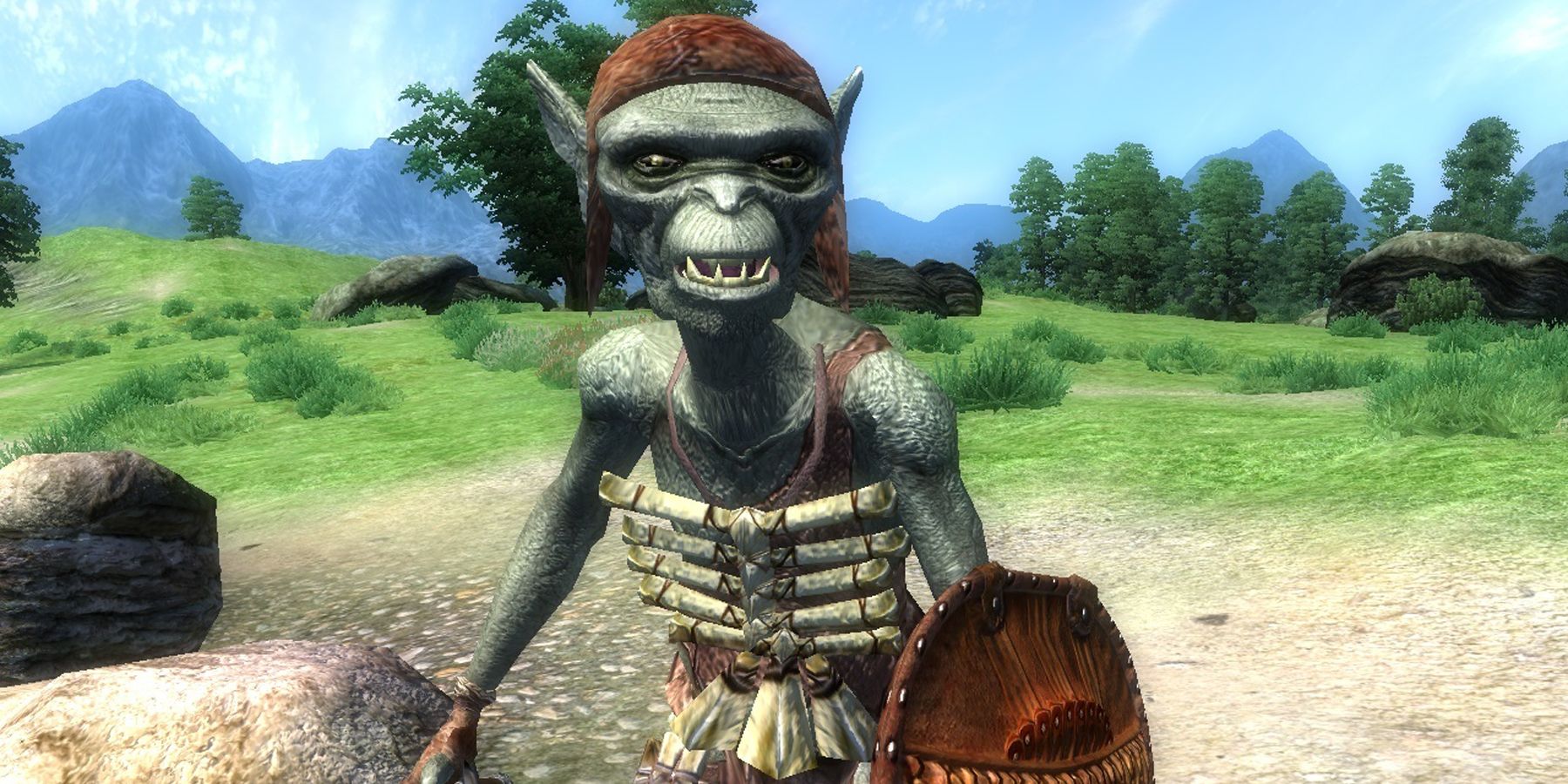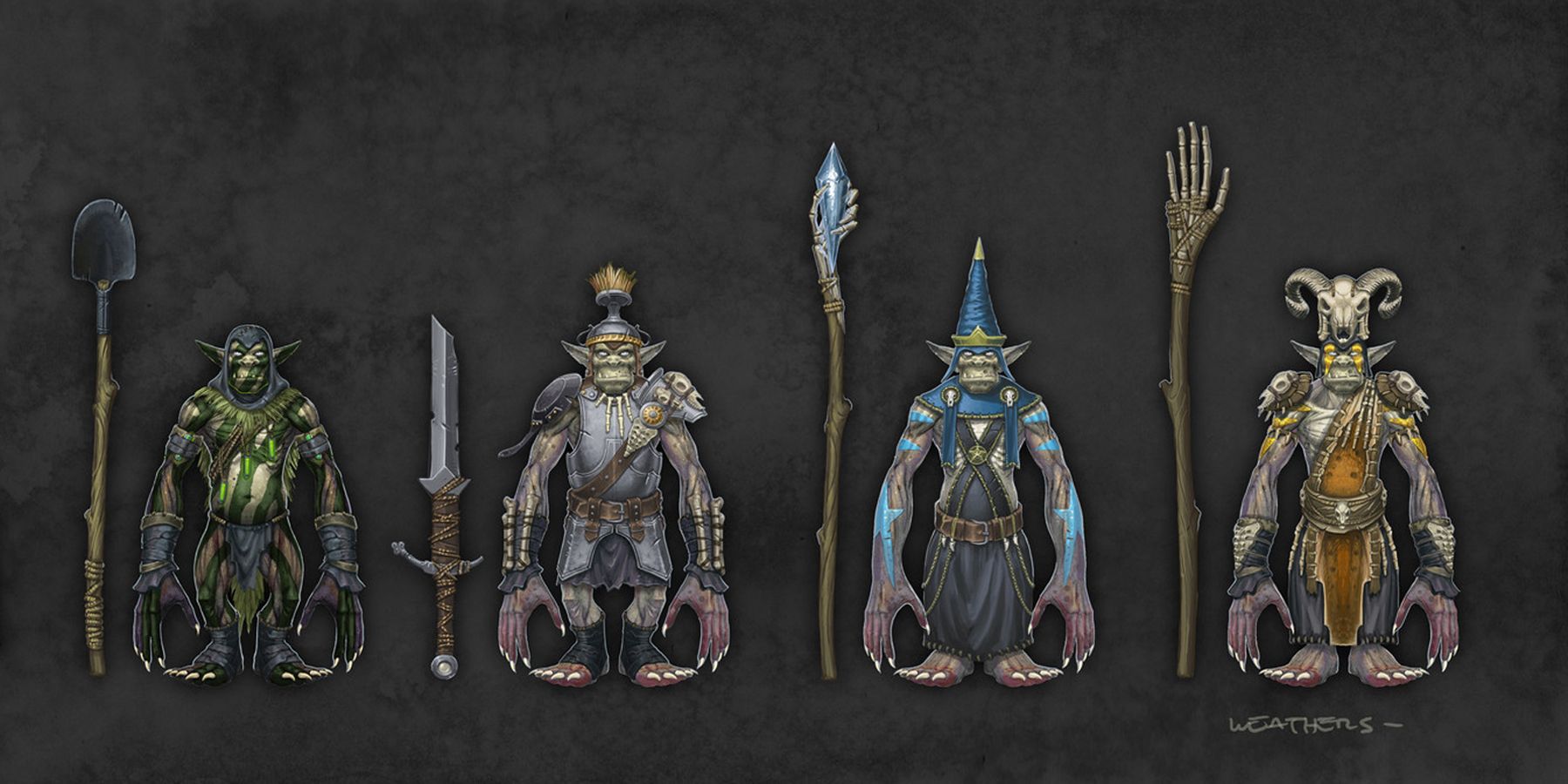More than a decade after Skyrim’s release, fans are still anxiously waiting for The Elder Scrolls 6. There’s been plenty of speculation about the upcoming game's lore, story, and mechanics, with Skyrim, Fallout 4, and Starfield probably being the best indicators of what fans should expect. However, older Elder Scrolls games contain plenty of good ideas that The Elder Scrolls 6 could benefit from.
One such idea is the obscure Goblin Tribe and Goblin War mechanics from The Elder Scrolls 4: Oblivion. This system is easy for players to miss, may not have worked as intended, and significant parts have been broken by patches. As a result, the Goblin Wars have almost become an urban legend among Oblivion fans. Yet the mechanics definitely existed, and represented a unique idea that’s worth salvaging for the long-awaited Elder Scrolls 6.
The Elder Scrolls 4: Oblivion’s Goblin Wars
Goblins are among the most basic enemies that players encounter in The Elder Scrolls: Oblivion. While easily written off, these green-skinned scavengers have a surprising amount of hidden complexity. There are eight named Goblin Tribes, though not all Goblins are members of a tribe. Players can quickly identify a Goblin’s Tribe by their name, such as “Rock Biter Goblin Skirmisher” or “Bloody Hand Goblin War Chief.”
All Tribes except for the Bitterfish Goblins in Miscarcand use The Elder Scrolls: Oblivion’s unique Goblin Tribe mechanics. The other seven Goblin Tribes are the Bloody Hand Tribe in Cracked Wood Cave, the Dust Eater Tribe inhabiting Barren Mine, the Rock Biter Tribe in Timberscar Hollow, the Sharp Tooth Tribe residing in Derelict Mine, the Skull Breaker Tribe in Wenderbek Cave, and the Three Feather Tribe based out of Plundered Mine. Each of these Tribes is led by a respawning Goblin War Chief and non-respawning Goblin Shaman. The White Skin Tribe is an exception in that they have a presumably mad Breton Shaman named Goblin Jim, but a scripting error prevents him from working with most of the Goblin Tribe mechanics.
Oblivion’s Goblin Tribes have several mechanics that Bethesda could recycle in The Elder Scrolls 6. For example, they will stop being hostile after players kill their Shamans. Larger Goblin War mechanics are showcased in the easy-to-miss Goblin Trouble side quest. As the quest explains, the Rock Biter Goblins and Bloody Hand Goblins are at war after the Rock Biter’s stole the Bloody Hand’s Totem Staff. Players can resolve the conflict and save the local farmers by killing the Bloody Hand Goblin Shamin or returning the staff.
All Goblin Wars begin when one Tribe steals another's staff, at which point the offended Tribe’s War Chief assaults the other stronghold. Players can instigate their own Goblin Wars by stealing a staff and dropping it in another Tribe’s hideout.
The Problems with Oblivion’s Goblin Wars
At one point, Goblin Tribes were supposed to instigate their own wars by stealing each other’s staffs, but it’s unclear if it ever actually worked as intended. YouTuber Rimmy Downunder discussed this in a recent video and concluded that it may have worked on some version of the game, but it doesn’t appear to work on Oblivion’s original 1.0 version or its final 1.2.0416 patch from 2007. It’s unclear if dynamic Goblin Wars were deliberately cut from The Elder Scrolls: Oblivion, or broken by an update and forgotten about.
Even if it worked correctly, the system depends on NPC actors moving about where the players can’t see them, so few players would likely notice unless they deliberately sought them out. Meanwhile, Oblivion players have to go out of their way to start a Goblin War, and there’s little benefit for doing so. Both sides will still be hostile to the player, so anyone who wants to sit back and watch the show has to be a master of Stealth or Illusion Magic. It’s an interesting system, but adds little to the game overall.
Resurrecting Goblin Wars in The Elder Scrolls 6
The Elder Scrolls 6 probably wouldn’t benefit from a carbon copy of Oblivion’s Goblin Tribes. However, there is potential in the concept of multiple enemy factions that autonomously fight. According to the franchise’s lore, goblins were once common across The Elder Scrolls 6’s rumored setting of Hammerfell, and many still reside in the Dragontail Mountains. Alternatively, bandit gangs, Alik’r Warriors, Orc Warbands, or other groups could fill a similar role, fleshing out The Elder Scrolls 6’s minor factions.
Instead of giving each faction a single dungeon as their base, The Elder Scrolls 6 could assign them larger areas of control. Players passing through that region might find banners, totems, and other markers indicating which faction laid claim to a region. While these groups won’t usually interact, conflict could erupt with rival groups launching raids. It would need to be scaled up and protracted enough that players notice, but if done correctly this could help make The Elder Scrolls 6’ world feel more alive.
As with how Oblivion’s Goblin Wars were initially supposed to work, The Elder Scrolls 6’s version should be dynamic, while letting players instigate something themselves. How that would work depends on the implementation, as if Bethesda decides to borrow this mechanic for The Elder Scrolls 6, it needs to be a prominent and reliable system with a noticeable impact on the game world.
The Elder Scrolls 6 is currently in development.



